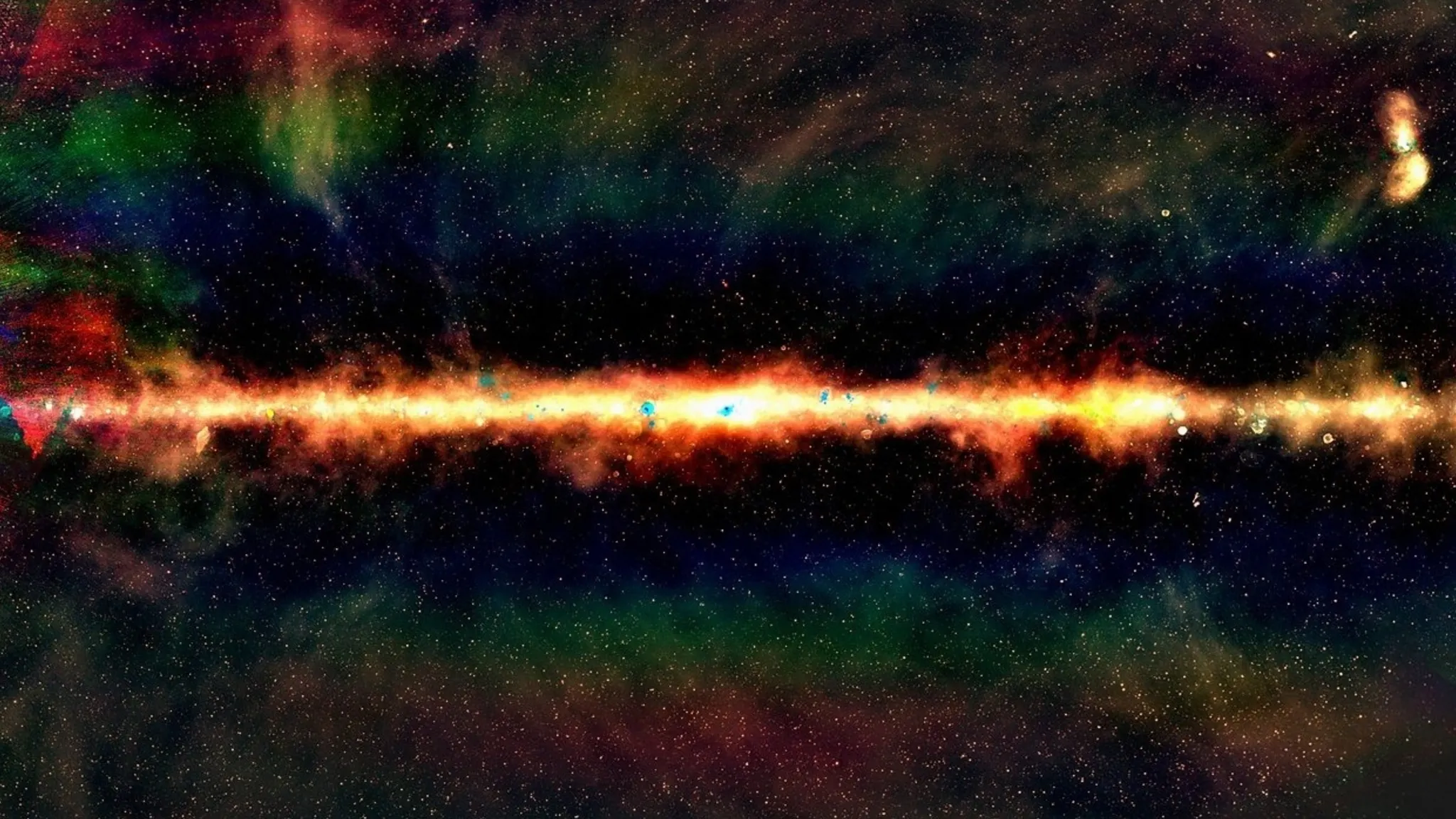
Radio astronomy is a sub-field of astronomy that utilizes techniques to detect radio photons. Despite being the least energetic photons, these photons often originate from the most energetic processes in the Universe. But apart from giving insight into the physics of compact objects, for instance, the photons also reveal chemical processes in the interstellar medium, or reveal the relic emission from the Big Bang. Common to all applications is the fact that radio waves propagate almost unhindered through the cosmos, a property that makes them similar to gravitational waves. At the same time, the number of photons received and detected with radio telescopes is enormous, allowing ultra-high time resolution measurements that reveal a dynamic universe on nanosecond timescales. As a result, many objects and phenomena are only visible at radio wavelengths, providing an important and indispensable view that complements other multi-messenger observations.
Jets und Multiwavelength
The SKA will survey large parts of the Universe, enabling direct studies of how cosmic structures have evolved over time. Of particular interest are questions of how supermassive black holes grew through accretion and how the intense radiation produced by that accretion has affected the galaxies that host them.
Cosmic Magnetism
Magnetic fields often play a crucial role in the development of celestial objects, as illustrated, for example, by the spectacular outbursts in the sun's corona. However, the sensitivity of previous telescopes was not sufficient to elucidate the history of the development of the cosmic magnetic fields. The tremendous advance in observing capabilities by the SKA will make it possible for the first time to study in detail the magnetization from the Milky Way to the medium surrounding galaxies in filaments of galaxies. The SKA will therefore make it possible for the first time to uncover the history of the development of magnetic fields in the universe.
Einstein's Universe
Through numerous experiments, we believe that the best description of gravity is that of Albert Einstein's General Theory of Relativity (GR). Was Einstein right? With the help of radio astronomy, these effects can be measured with unrivaled precision and the question can ultimately be answered. The only way to date to receive gravitational waves is with the help of radio astronomy. Here we use the SKA and pulsars as the galaxy-sized arms of a cosmic gravitational-wave detector. With this experiment, we can not only check and, if necessary, improve the theory of gravitation, but we will also be able to understand the formation of galaxies like the Milky Way much better.
Temporal variability
Contrary to the popular image of an eternally unchanging cosmos, the universe is extremely dynamic. Many stars, black holes and unknown objects sometimes change their brightness very quickly, suffer explosions or show longer-term fluctuations in the emitted energy. These phenomena are particularly noticeable in the radio wavelength range. Some particularly striking phenomena of temporal variations that have been discovered in the radio wavelength range - such as the radiative bursts of massive black holes - are the subject of intensive research and will be better studied with the SKA telescope.
Towards Precision Cosmology
Recent progress in defining the standard cosmological model - known as ΛCDM - has been dominated by observations of the cosmic microwave background (CMB). A wide range of physical phenomena can be studied beyond the ΛCDM model. These include the dark sector responsible for cosmic acceleration, massive neutrinos, and primordial "non-Gaussiness." Although these phenomena may be constrained by further observations by the CMB, exploring large-scale structures that map the Universe at relatively lower redshifts is essential to solving some of the degenerations inherent in CMB observations.
The Cosmic Dawn — Epoch of Reionization
The cosmic background radiation gives us a picture of the universe as it looked about 100,000 years after the big bang, one speaks of a baby picture of the universe, which is 13.6 billion years old. Optical and infrared telescopes give us observations back almost 13 billion. With SKA one can bridge the gap between microwave and optical observations and observe what is happening in the Universe between 500,000 years and a billion years after the Big Bang. During this period, the first structures collapsed under their gravity and the first galaxies began to glow.
Cradle of Life
The question of the origin of life is one of the fundamental questions of mankind. The SKA project investigates how planets create the basis for life.
- Explanation of the formation of planets like our Earth
- Search for macromolecules as building blocks of life
- Studying the magnetic fields around exoplanets
- Search for extraterrestrial life